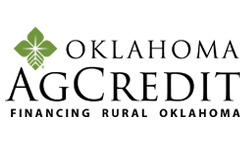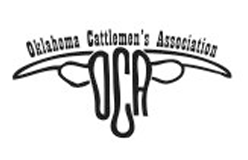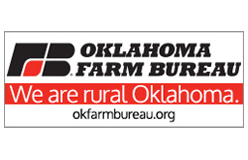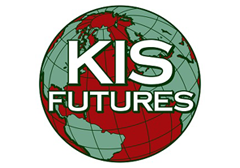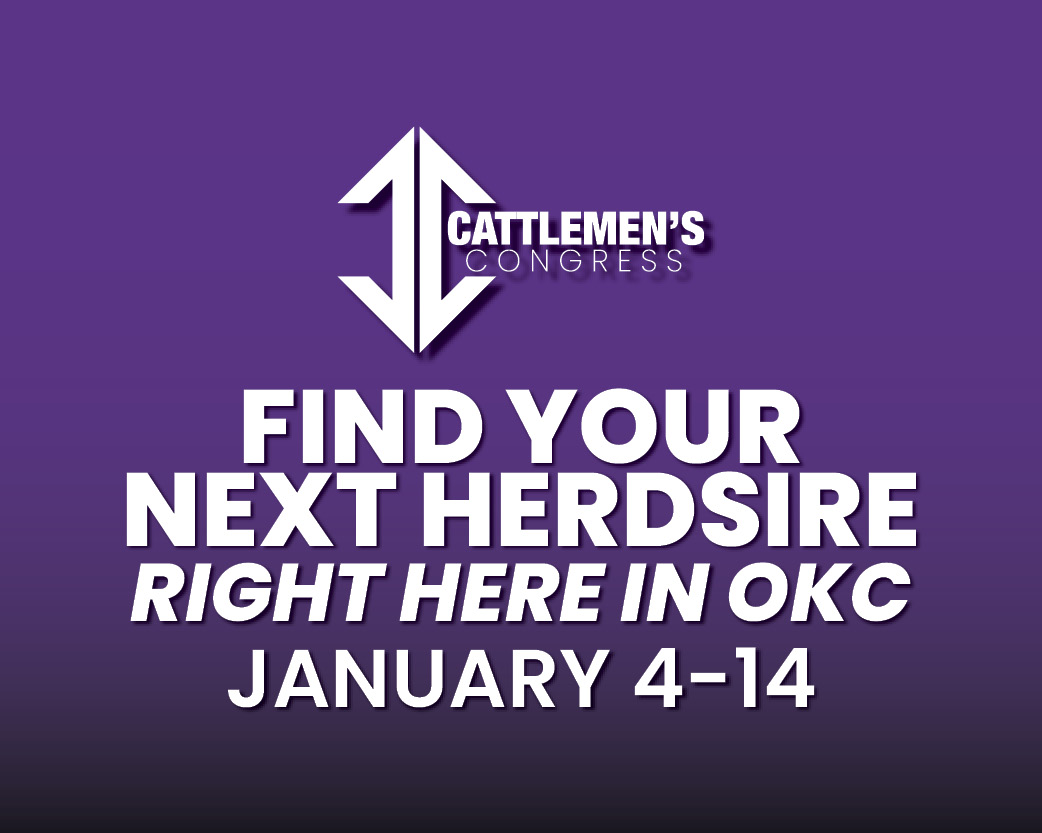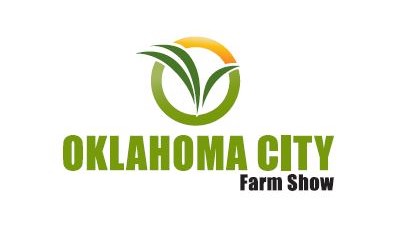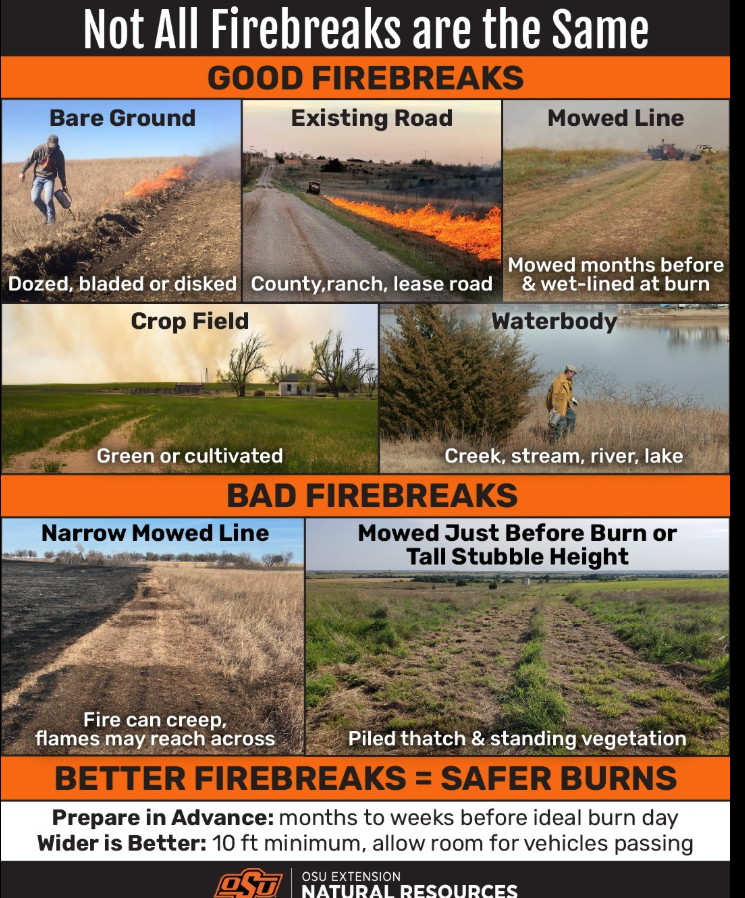
With the early spring prescribed burn season approaching, land management experts are urging producers and landowners to begin preparing their firebreaks now. Proper firebreak construction is the most critical element in safely managing a prescribed burn, controlling smoke, and preventing fire escape.
The central message is clear: Not all firebreaks are the same, and advance preparation is key to a safer burn.
The Distinction Between Good and Bad Firebreaks
Successful prescribed burning relies on creating wide, fuel-free buffers that stop fire spread. Landowners should focus on creating ‘good’ firebreaks and avoid common pitfalls that compromise safety.
Good Firebreaks are those that provide a bare, well-maintained barrier:
- Bare Ground: Areas that have been dozed, bladed, or heavily disked to expose soil.
- Existing Roads: County, ranch, or lease roads that are clear of significant dry vegetation.
- Crop Fields: Fields that are green (actively growing) or cultivated.
- Waterbodies: Natural barriers like creeks, streams, rivers, or lakes.
- Mowed Line: Mowed lines that were cut months before the burn date and are then wet-lined (saturated with water or foam) immediately before ignition.
Bad Firebreaks are inadequate barriers that pose a high risk of failure:
- Narrow Mowed Line: Fire can easily creep across, and flames may reach across the gap.
- Mowed Just Before Burn: Mowing immediately before a burn leaves behind a heavy layer of piled thatch (residual debris) or tall stubble height, which acts as concentrated, volatile fuel, allowing the fire to jump the line.
Keys to Safer Burns
To maximize safety and effectiveness, firebreak preparation should follow two main rules:
- Prepare in Advance: The most effective firebreaks are prepared months to weeks before the ideal burn day, allowing time for cut vegetation to decompose or settle and ensuring the ground is clean.
- Wider is Better: The minimum recommended width is 10 feet. This width is crucial not only to stop the fire’s progress but also to allow sufficient room for vehicles (such as water trucks or utility vehicles) and personnel to safely pass while patrolling and managing the burn line.
Landowners seeking detailed guidance on design, construction, and maintenance of firebreaks are encouraged to consult specialized resources, such as the Firebreaks for Prescribed Burning Factsheet.


